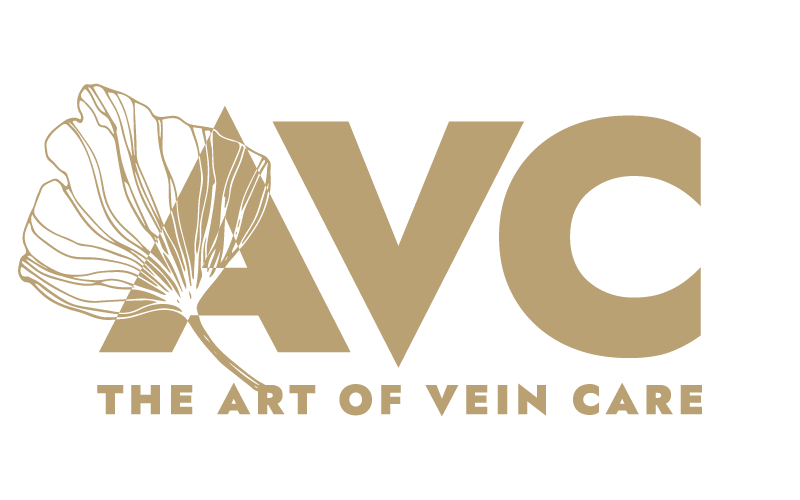Varicose Veins Treatment
These are prominent superficial veins on the thighs knee and calf. They are worm-like veins just under the skin, that have become lumpy, sometimes described as a bunch of grapes. Varicose veins are caused by faulty valves. The valves in veins are supposed to be “one way” valves, only allowing flow of blood out of the legs. These can fail and allow flow both out of the leg and into the leg. This causes high pressure in the veins, so they stretch up and become varicosed. For a more complete explanation click here
Risk factors include:
- age: 60% of people over 60 years old develop varicose veins
- gender: varicose veins and spider veins are more common in women, probably due to hormonal change
- pregnancy: varicose veins often develop during pregnancy, partly from increased fluid putting strain on the veins, partly due to hormones allowing the valves to stretch up and partly due to the foetus obstructing the flow of blood out of the legs
- obesity: being over weight increases the pressure in the abdomen and makes it more difficult for the blood to flow out of the legs thereby causing varicose veins
- standing for long periods of time: allows the blood to pool in the legs. That increases the likelihood of developing varicose veins. It will also make existing varicose veins worse.
- family history: if others in the family have varicose veins then there is a greater chance that you will too.


There are a number of treatment modalities.
These include:

- Compression stockings. This is the simplest and can give significant relief from the symptoms of varicose veins, but is the least satisfactory. The NICE guidelines state that if the patient is fit for thermal ablation (radiofrequency or laser), then they should have the definitive treatment.
- Sclerotherapy. This involves injecting a solution (either liquid or foam) into the varicose veins. The injection is usually done using ultrasound guidance so that the injection is highly accurate and the solution is injected into the correct spot (ultrasound guided sclerotherapy – UGS). The solution creates a reaction in the vein wall which blocks it off and causes it to become like a thread of scar tissue under the skin (the vein “scleroses”).
- Thermal ablation. This is used for the main superficial vein feeding the varicosed veins. It includes endovenous laser ablation (EVLT) and radiofrequency ablation. They both use heat to destroy the vein. The technique is similar for both. A fine fibre is placed in the vein under local anaesthetic using ultrasound. It is passed from the calf up to the groin. The vein is then made numb and the vein is the “ablated” using heat.
- Glue. This is a relatively new technique. The longterm results are not known, but there are a few benefits. Tumescent anaesthesia is not required, and some practitioners believe that it is not necessary to use compression after the process has been performed.
The beauty of these methods is that they are all minimally invasive with either immediate return to normal activity, or just 1 or 2 days off.
Most people believe that varicose veins will always come back. One can have the varicose veins treated and then they come back after a few years. If the varicose veins are fully treated initially, then the chance of their coming back is approximately 2-3% per annum. If they do come back, then they are usually successfully treated by injections. As part of the long term management of varicose veins, it is recommended that they be monitored using ultrasound performed yearly, and if there is evidence of recurrence, then it should be investigated and treated appropriately, usually by injections.
NICE (National Institute for Health and Care Excellence) guidelines for the management of varicose veins here
